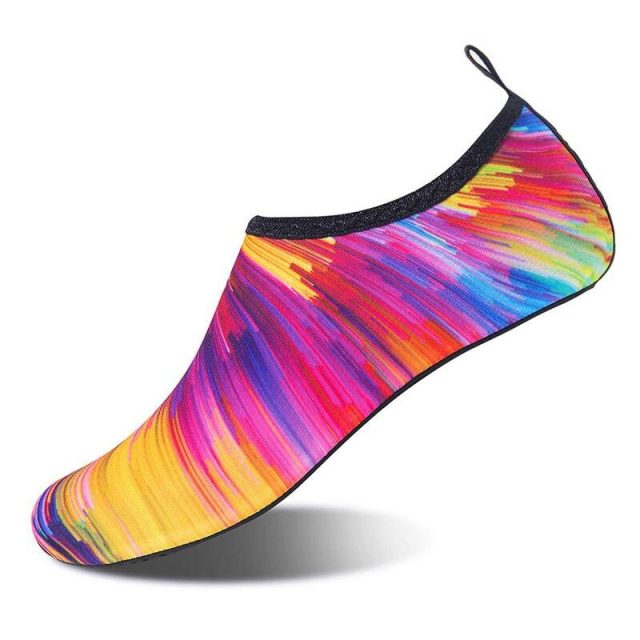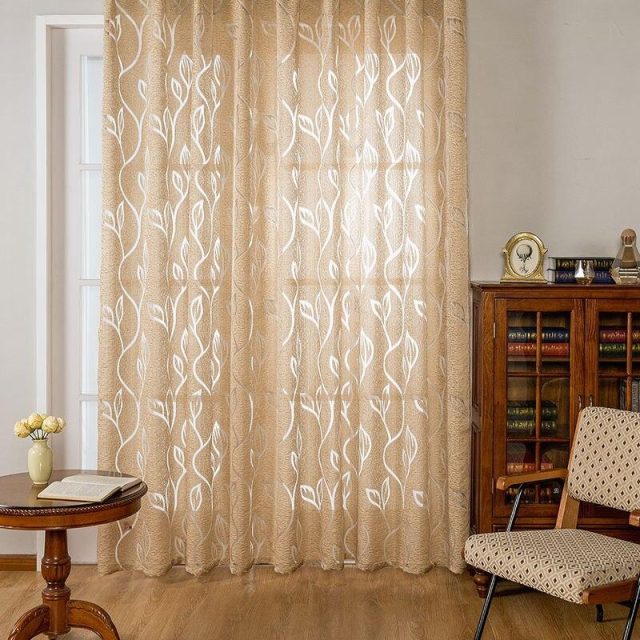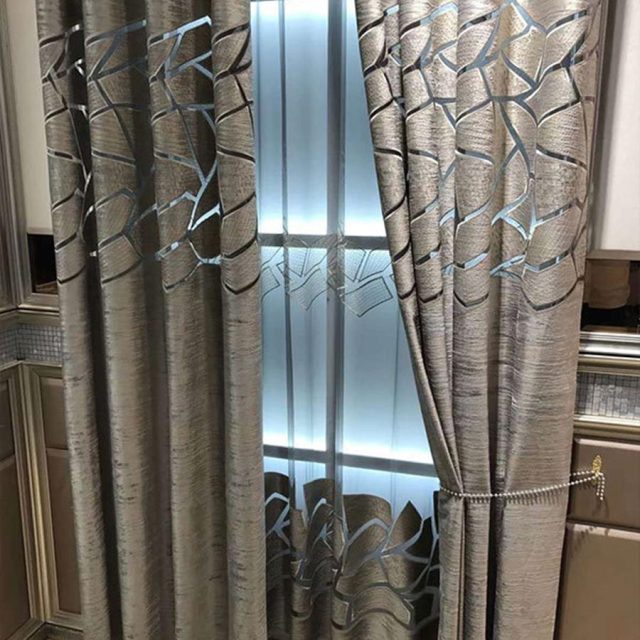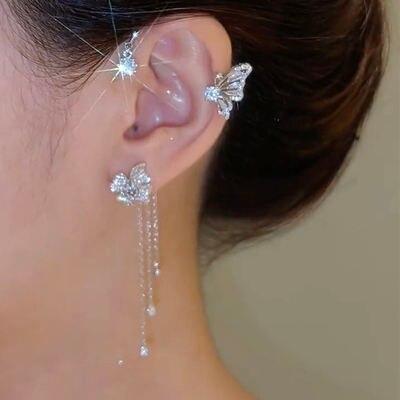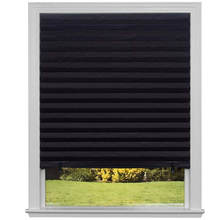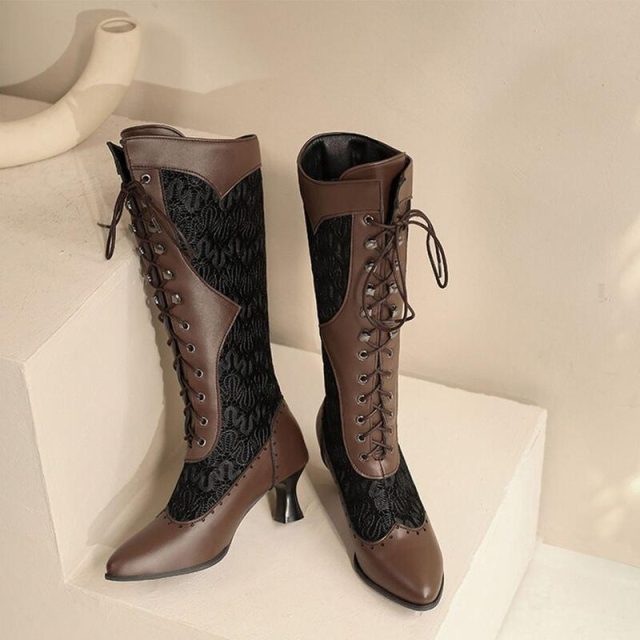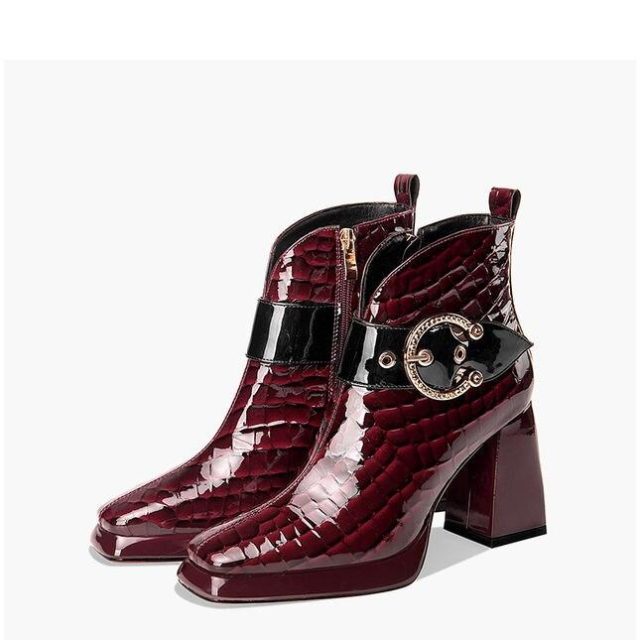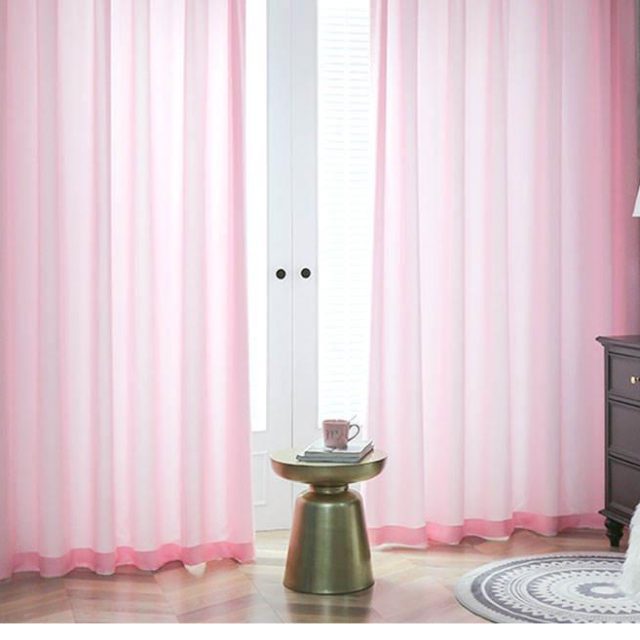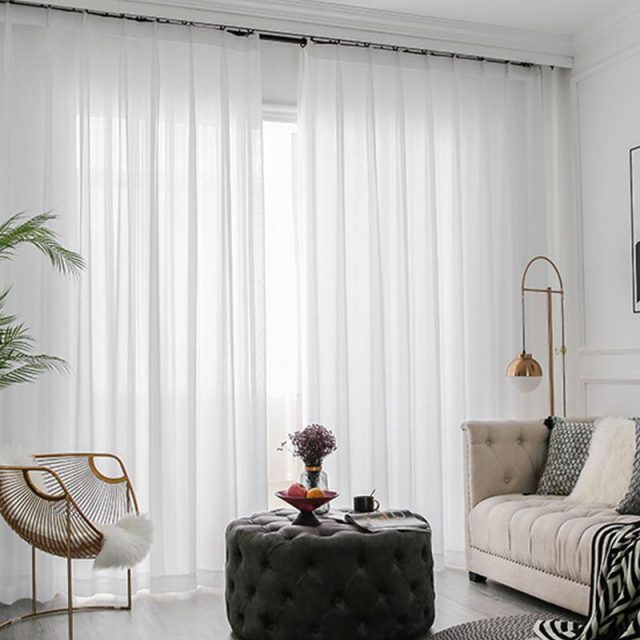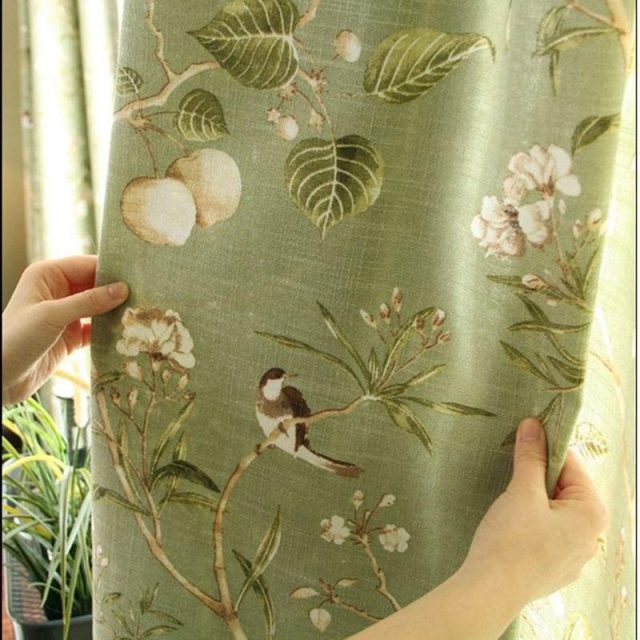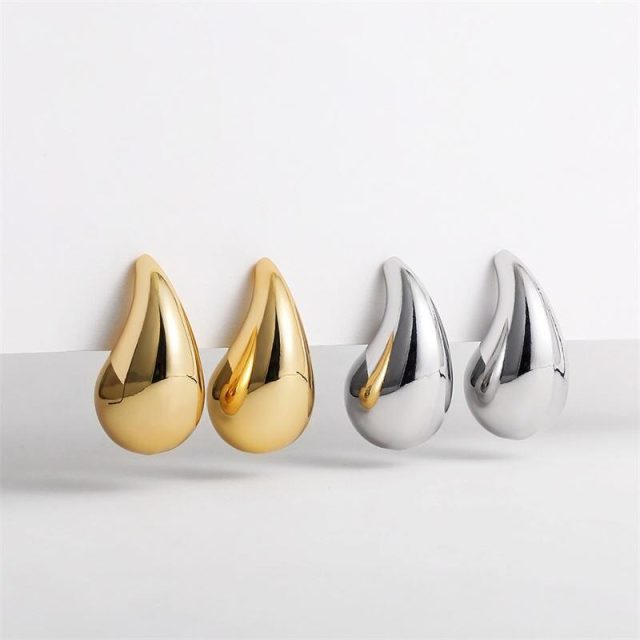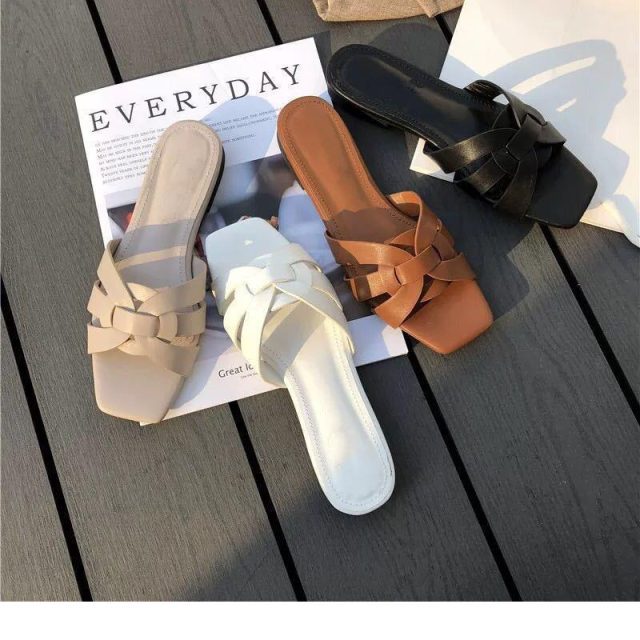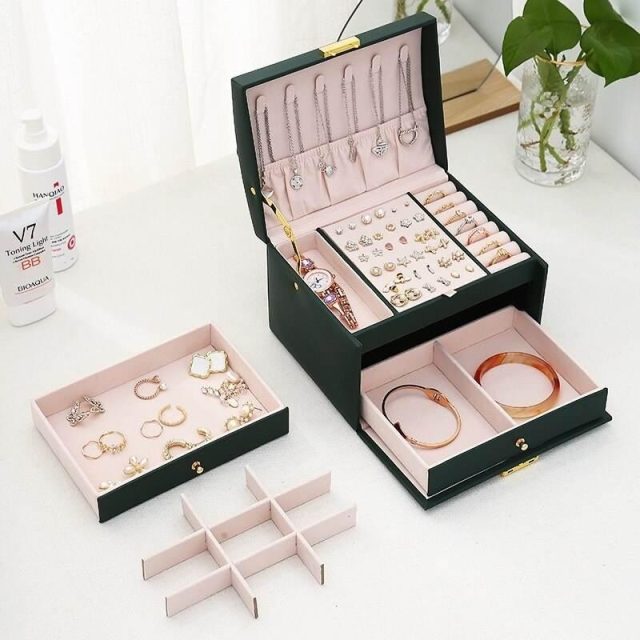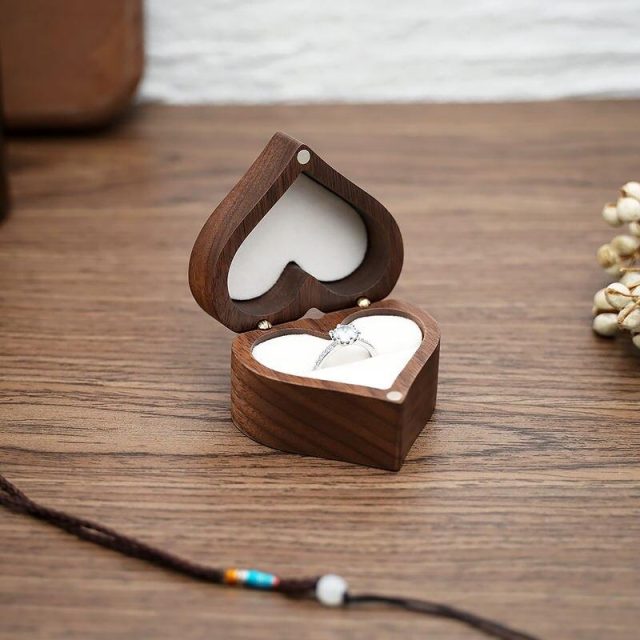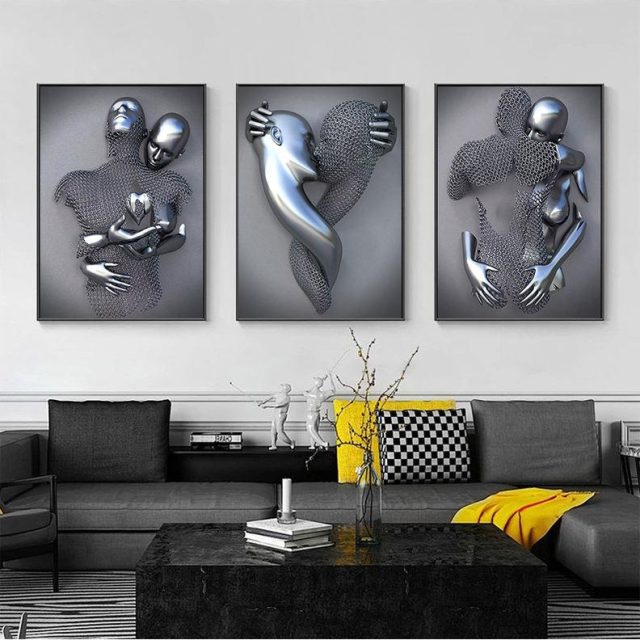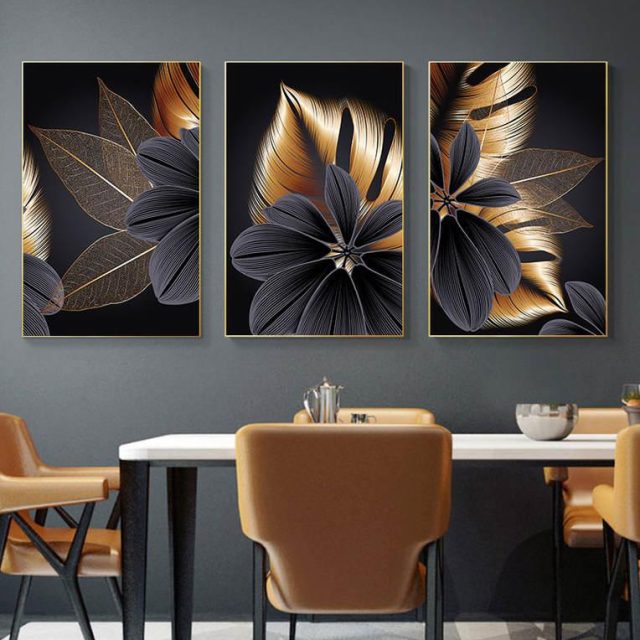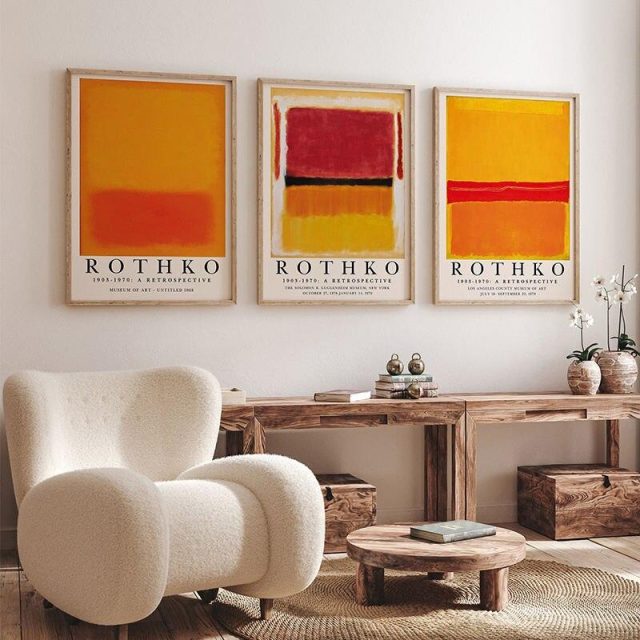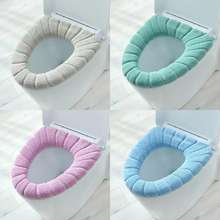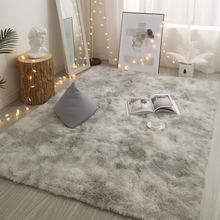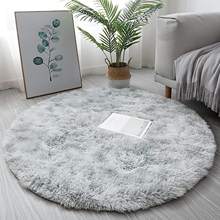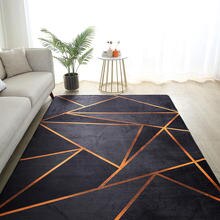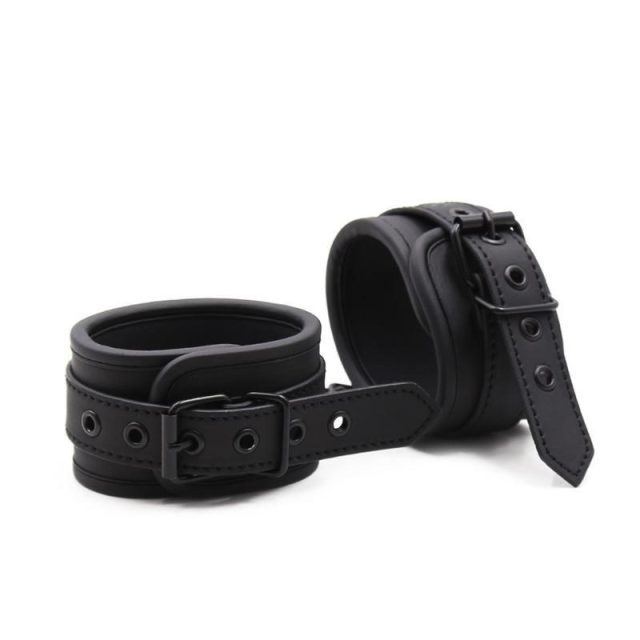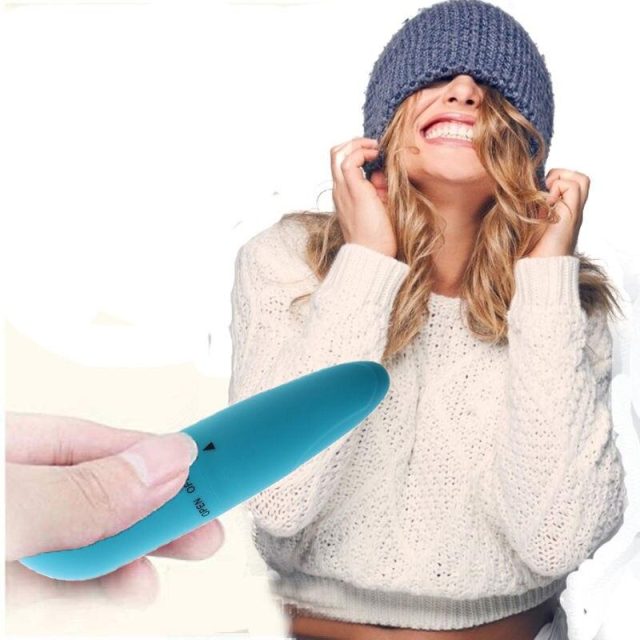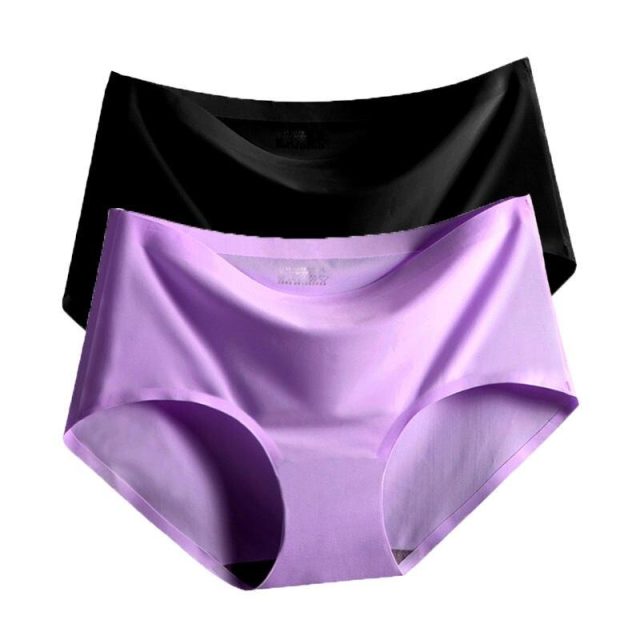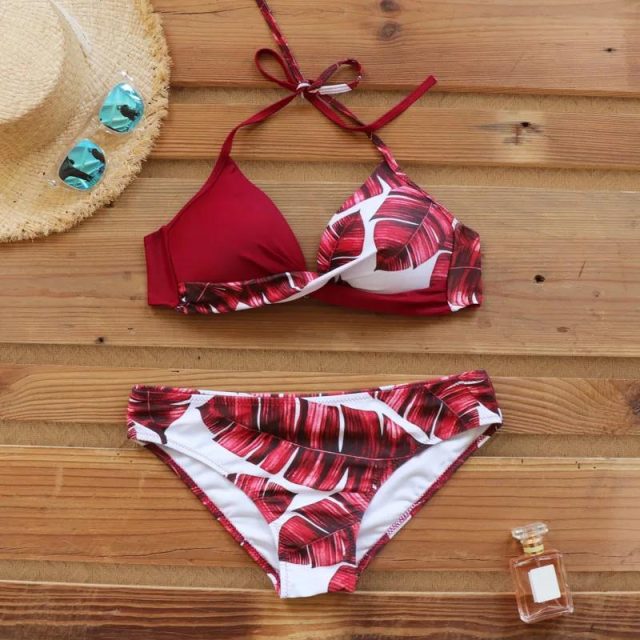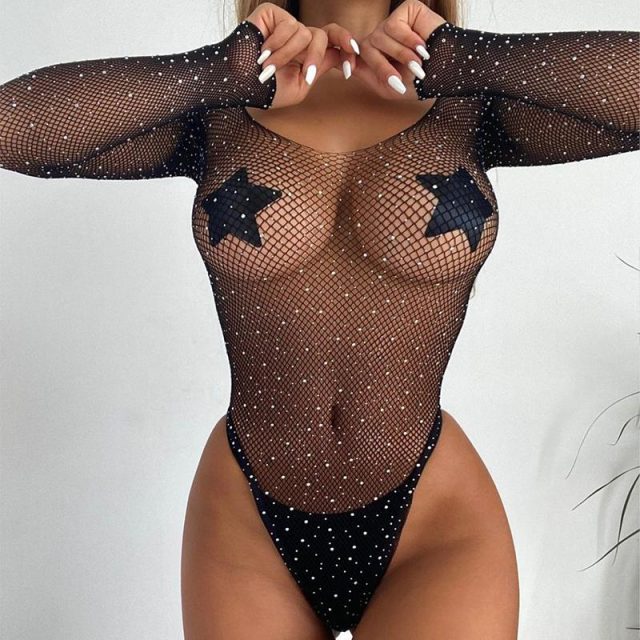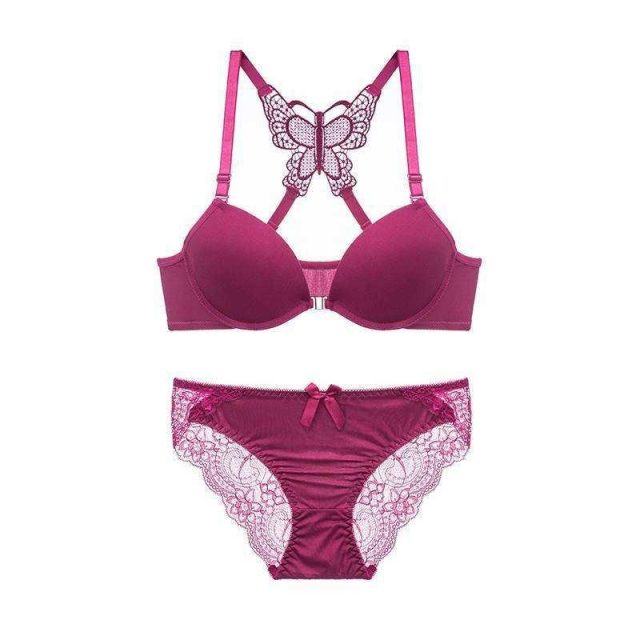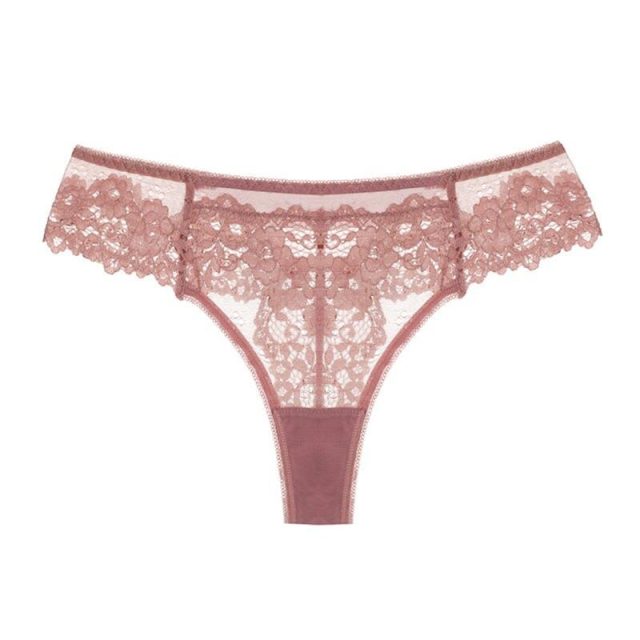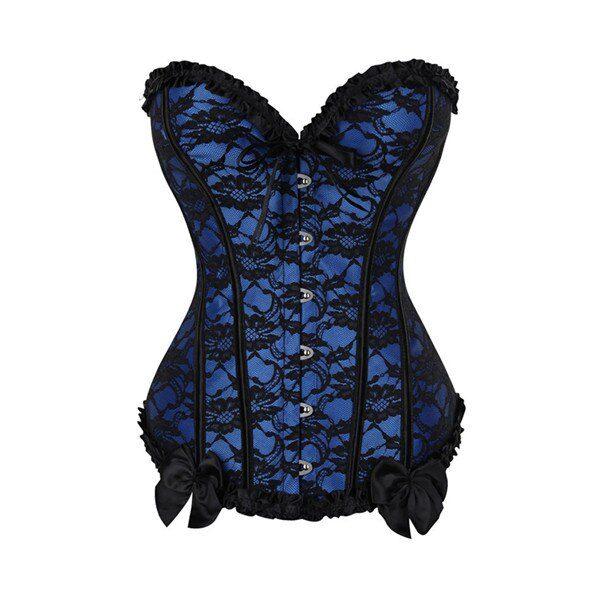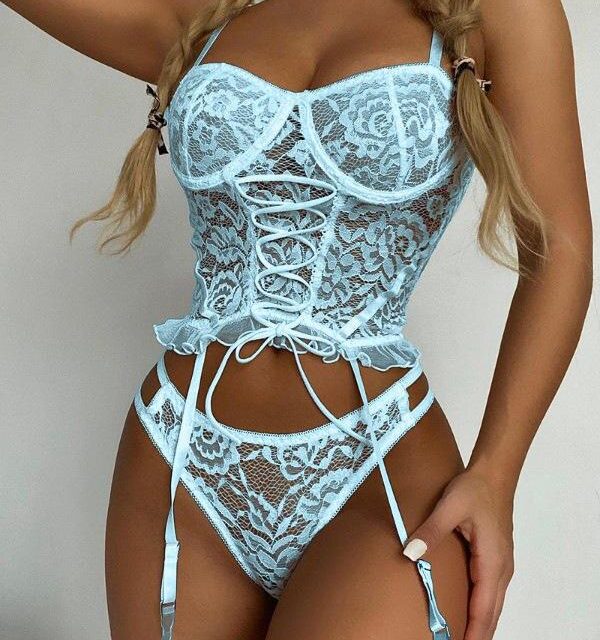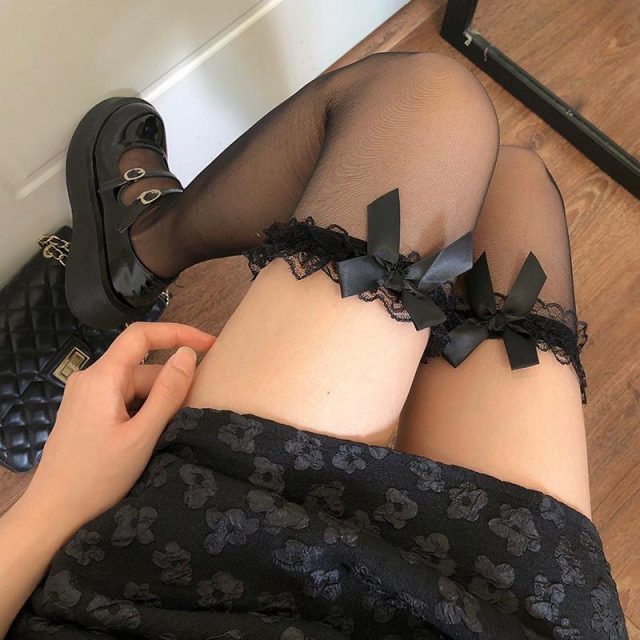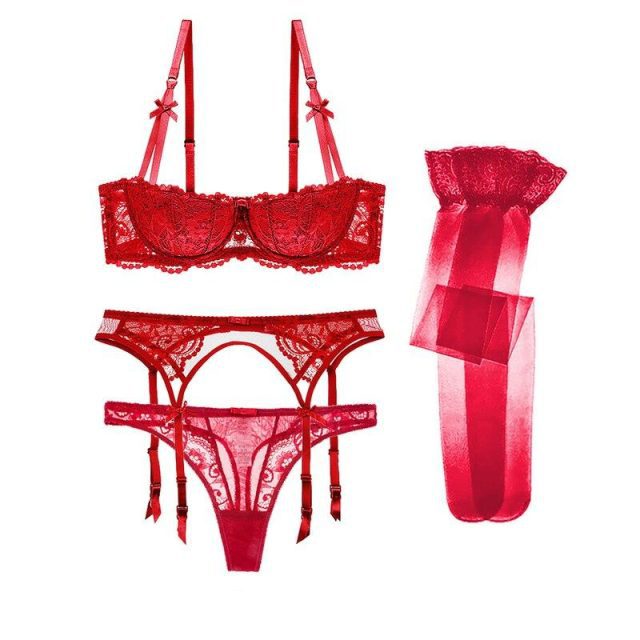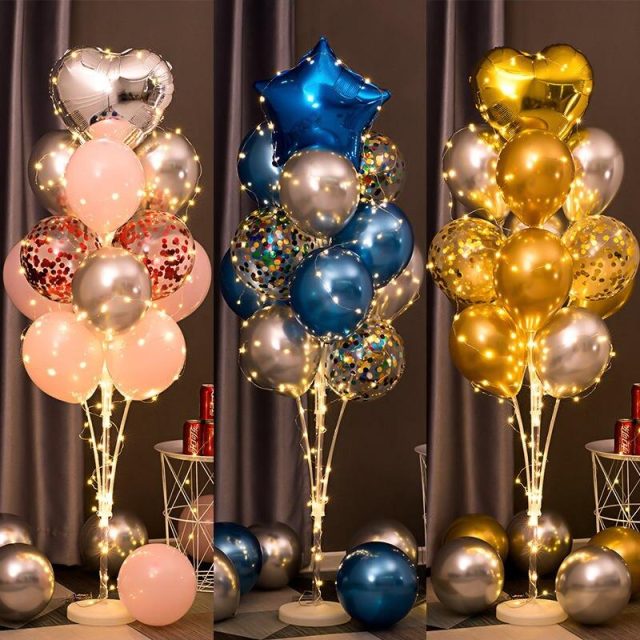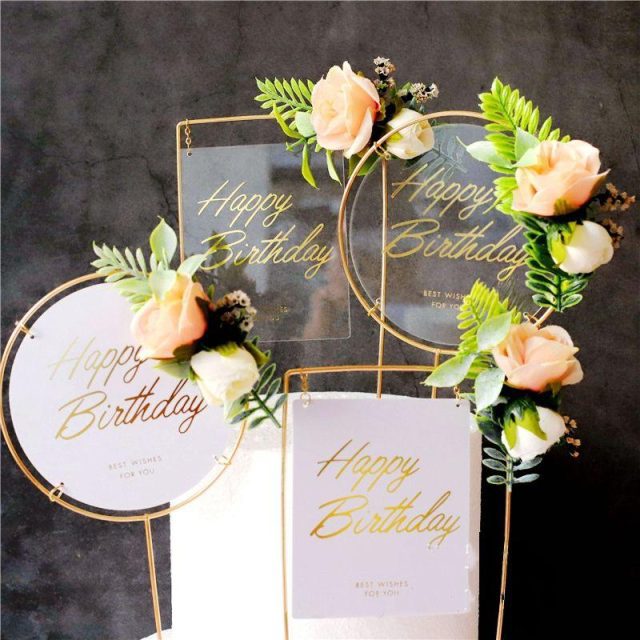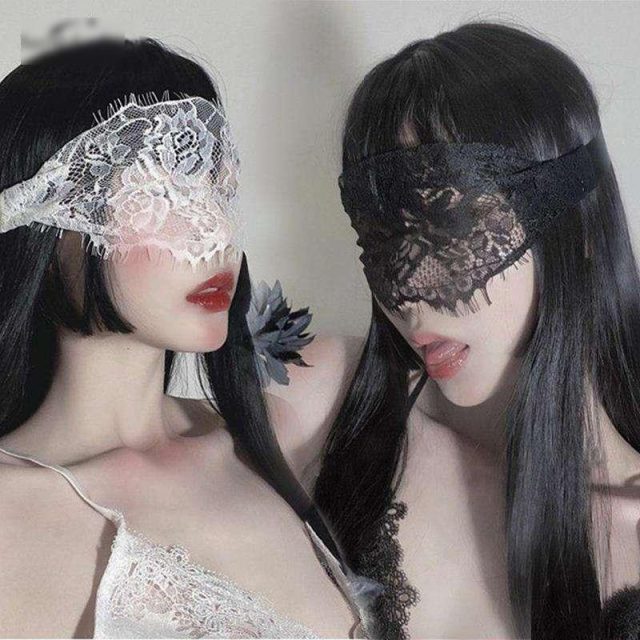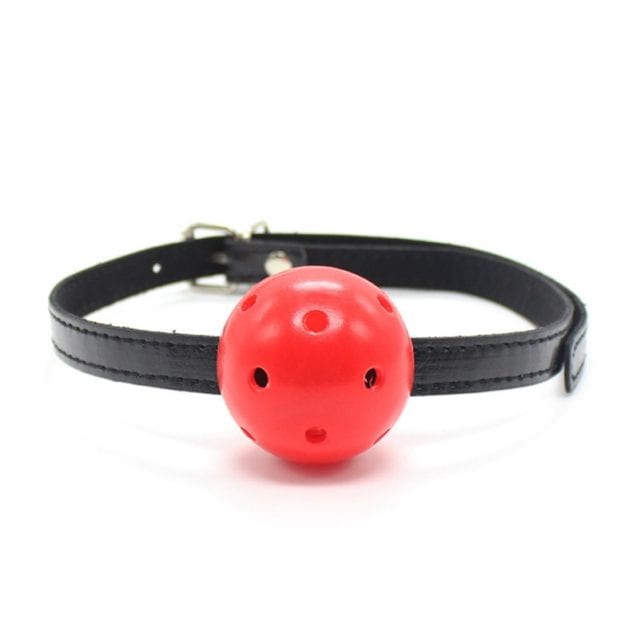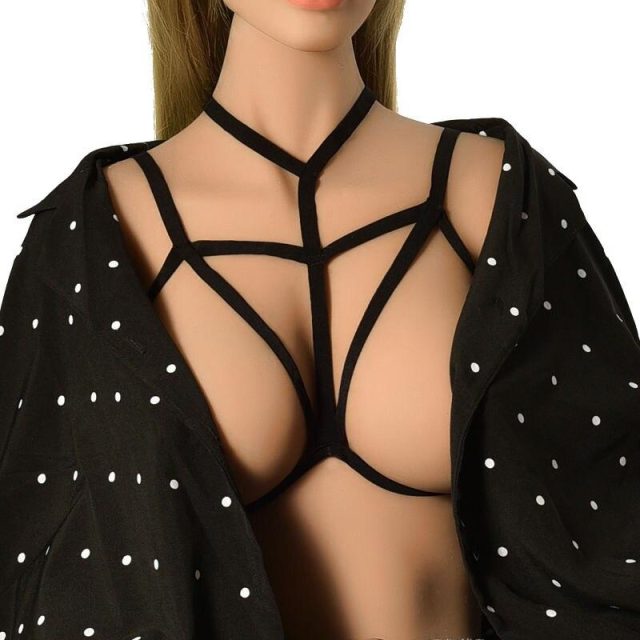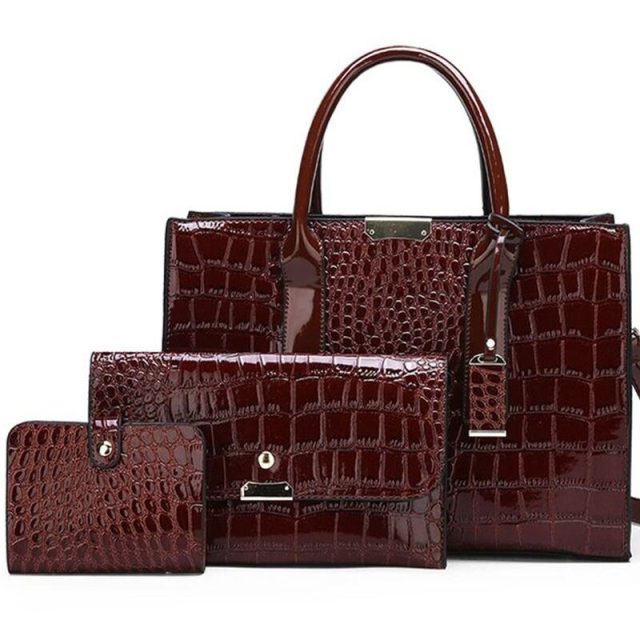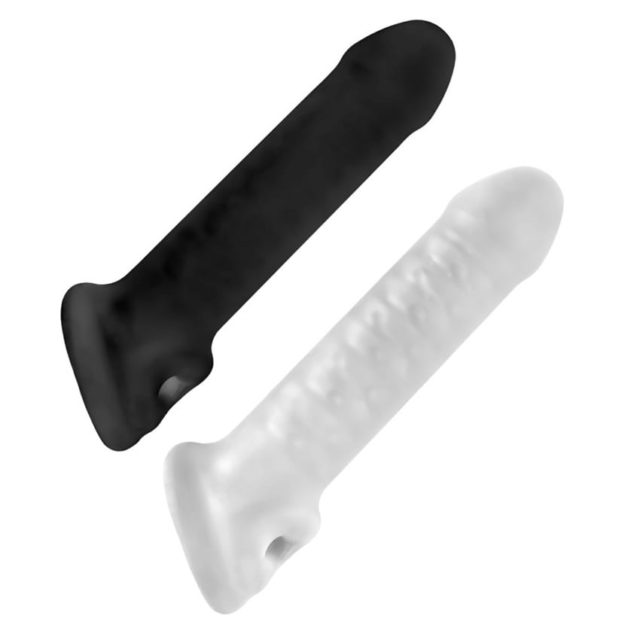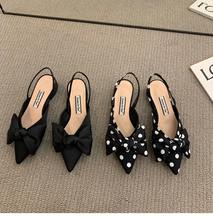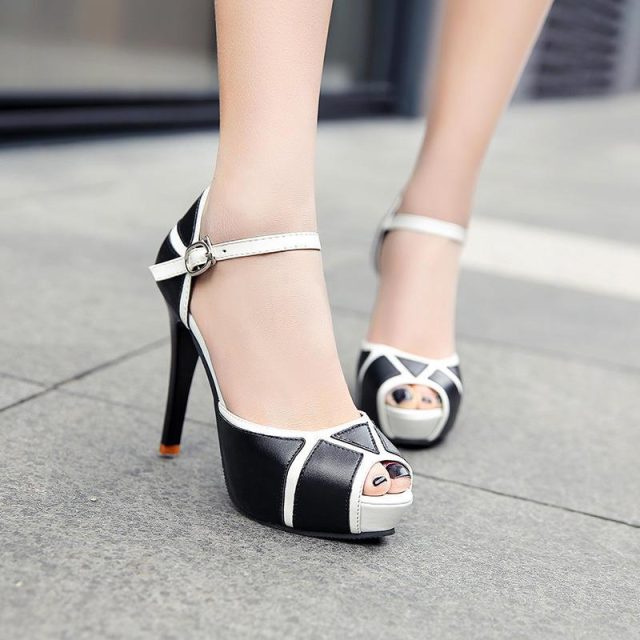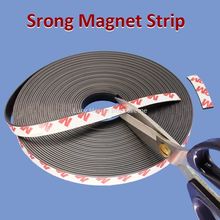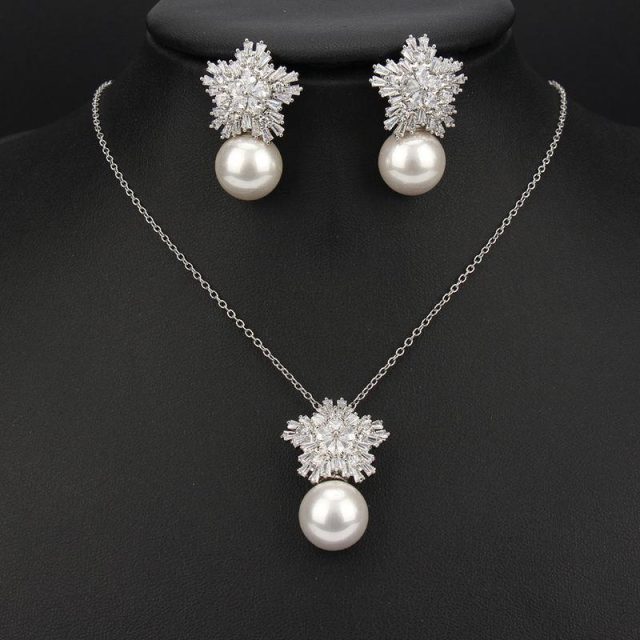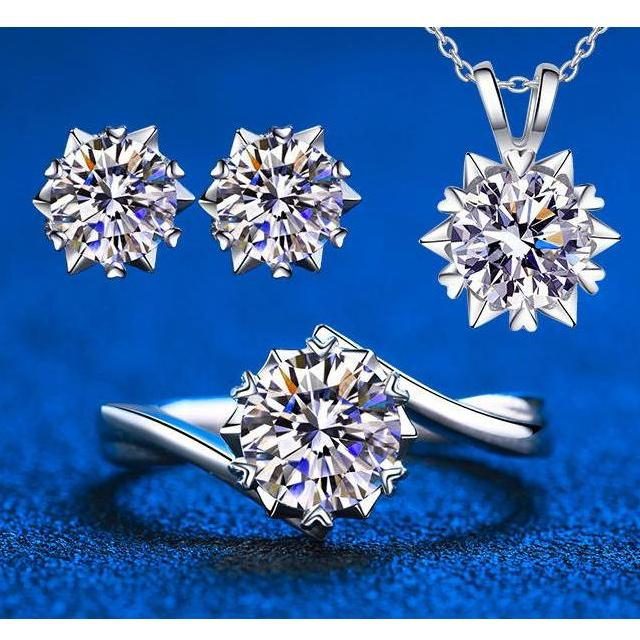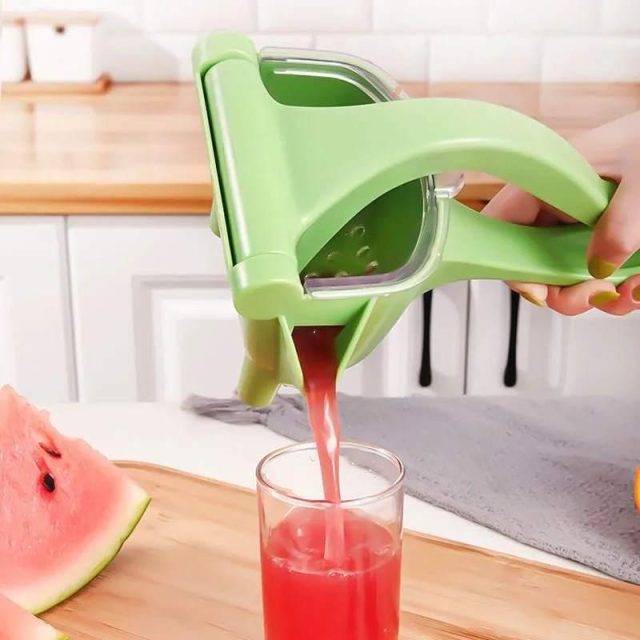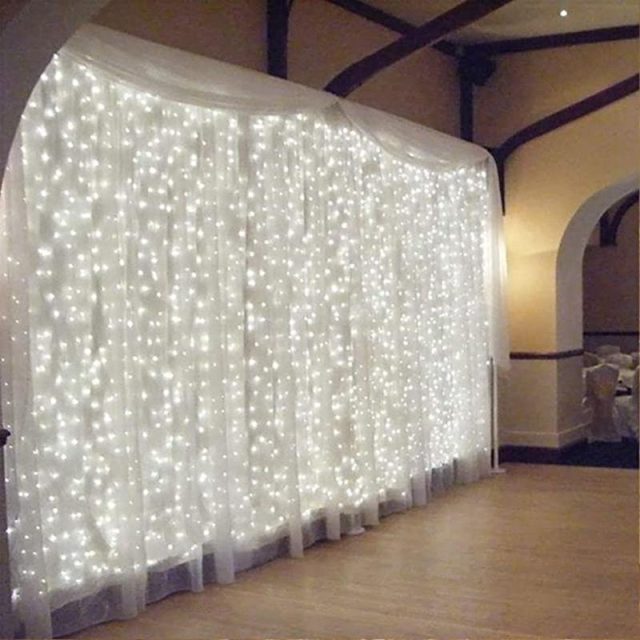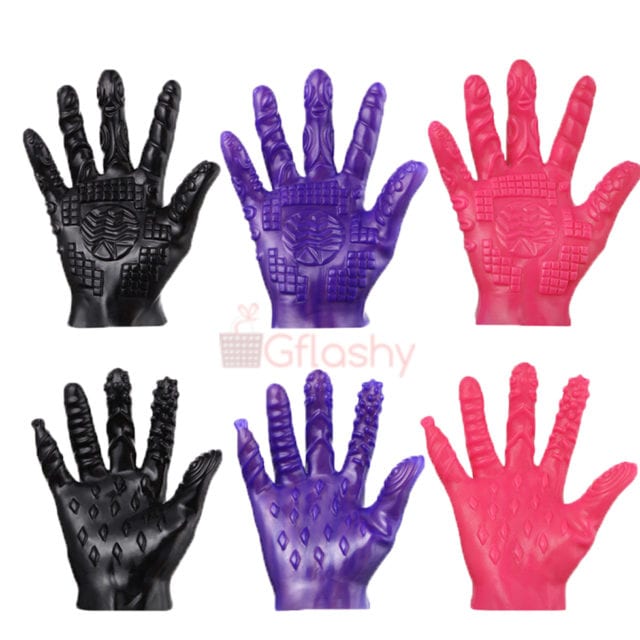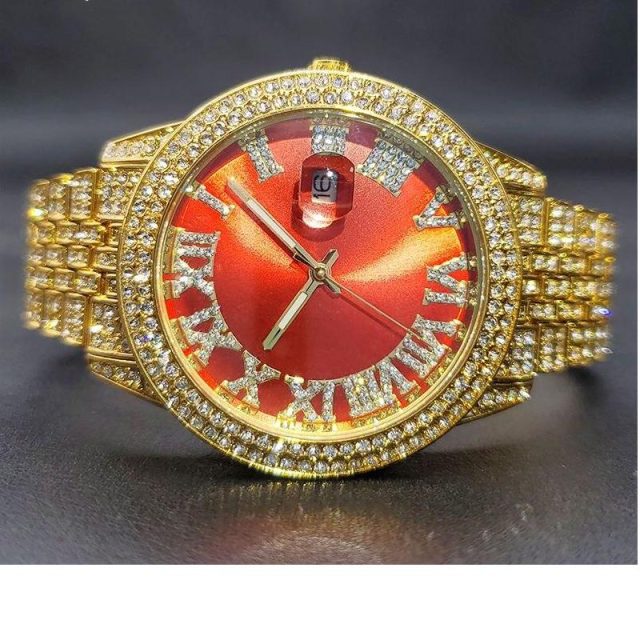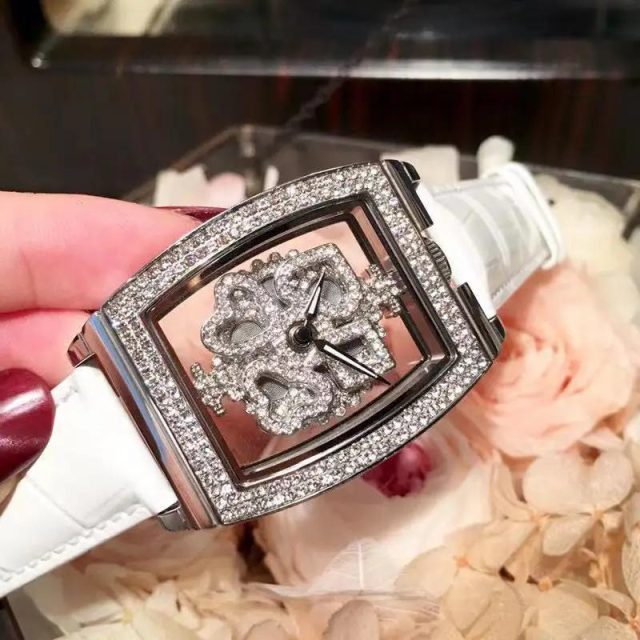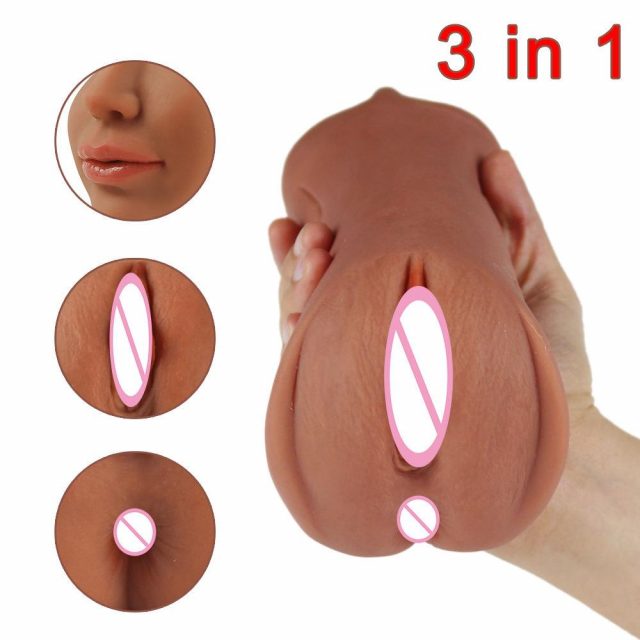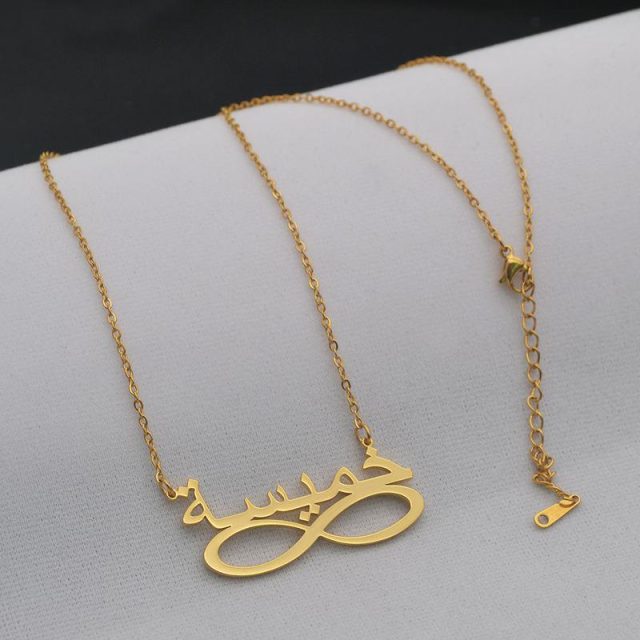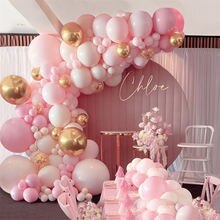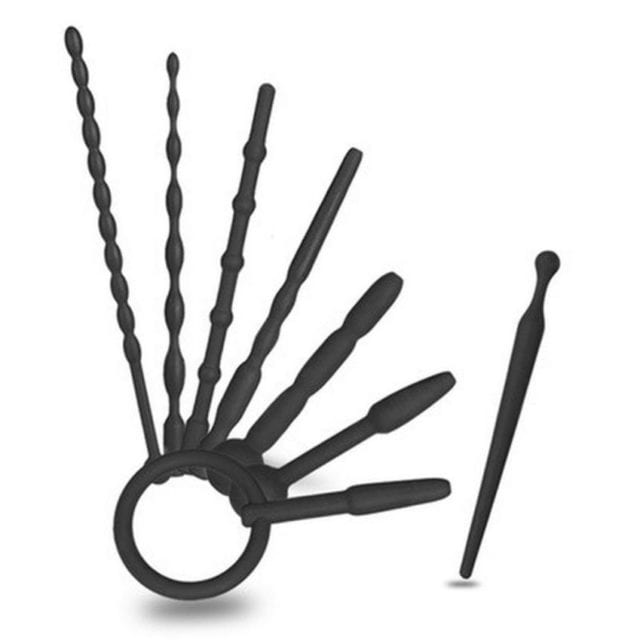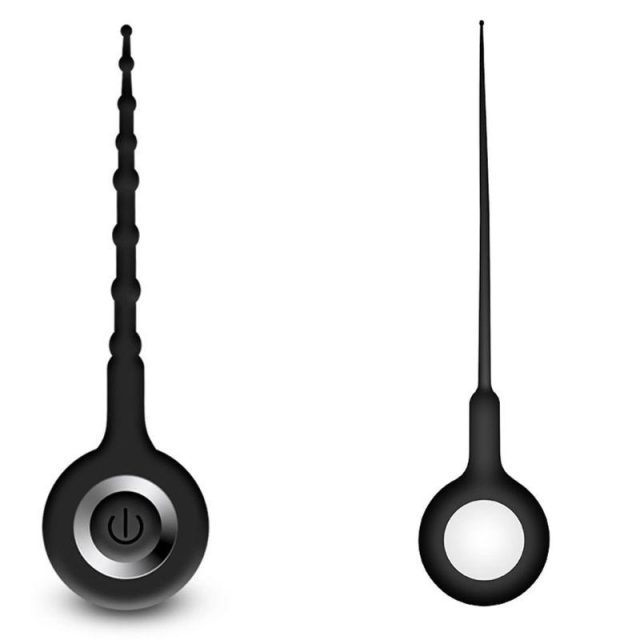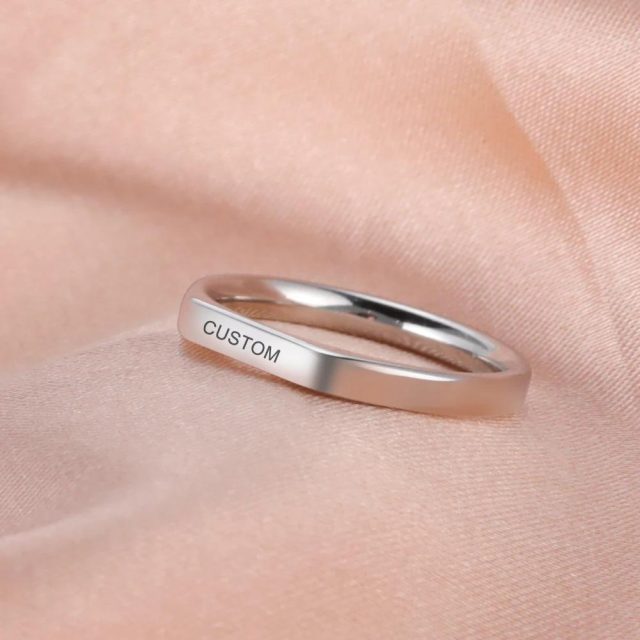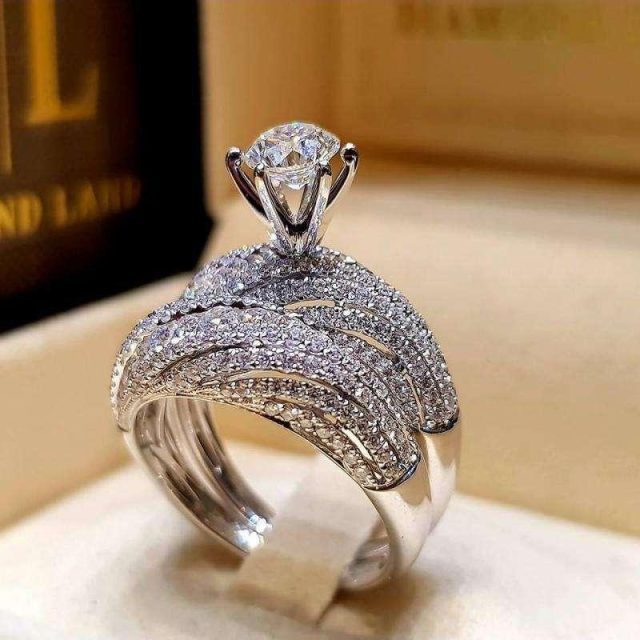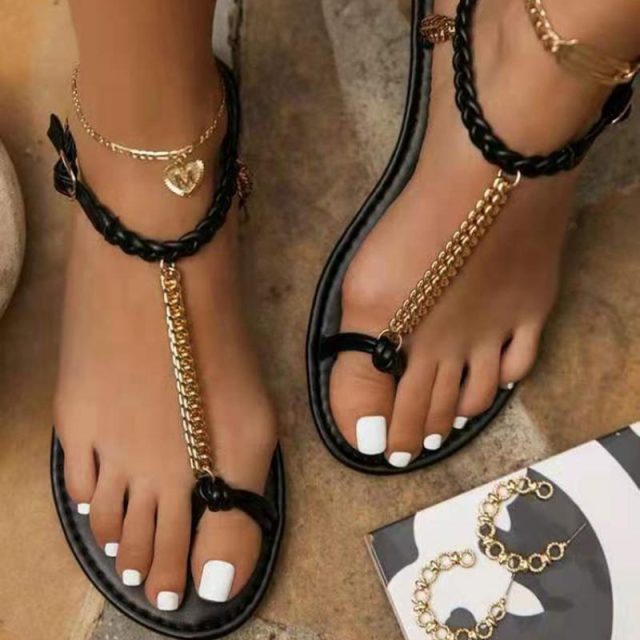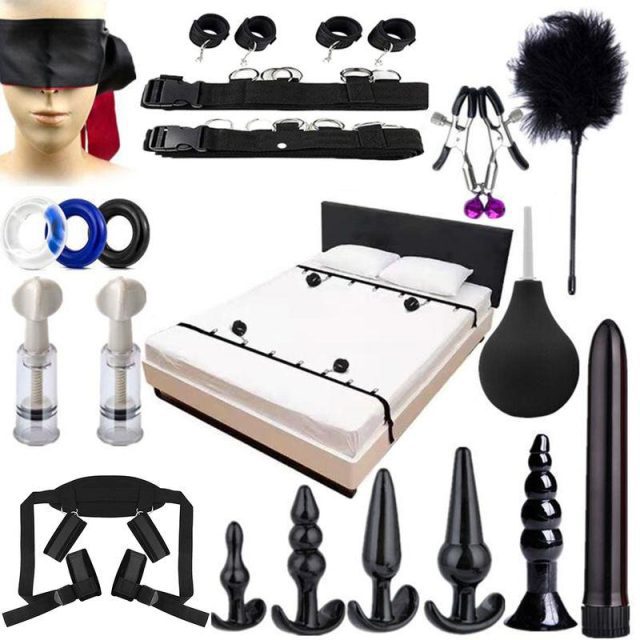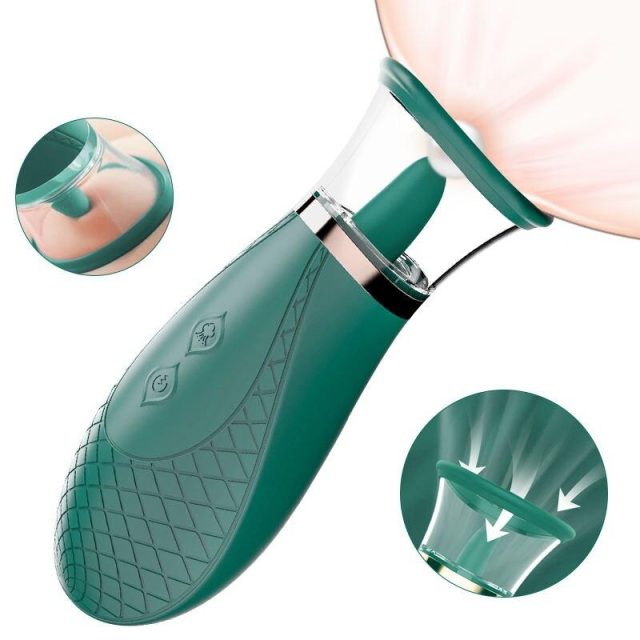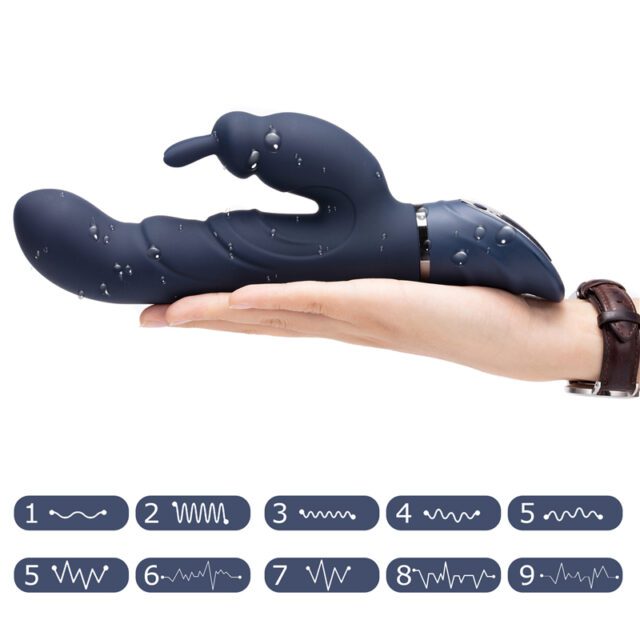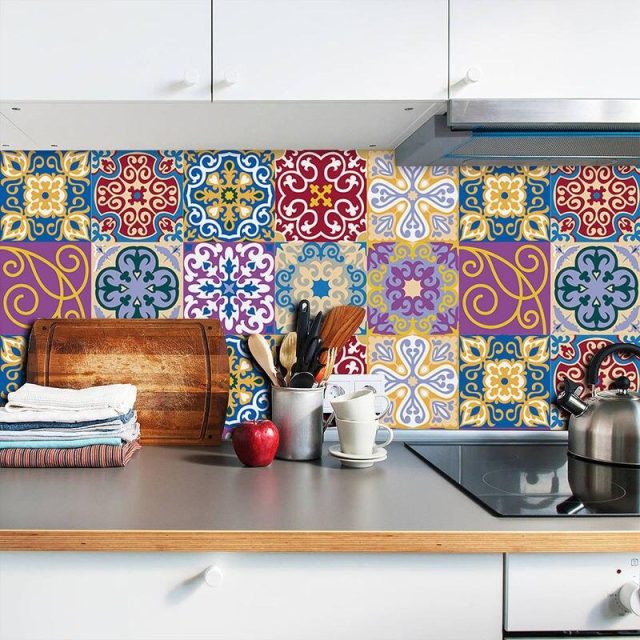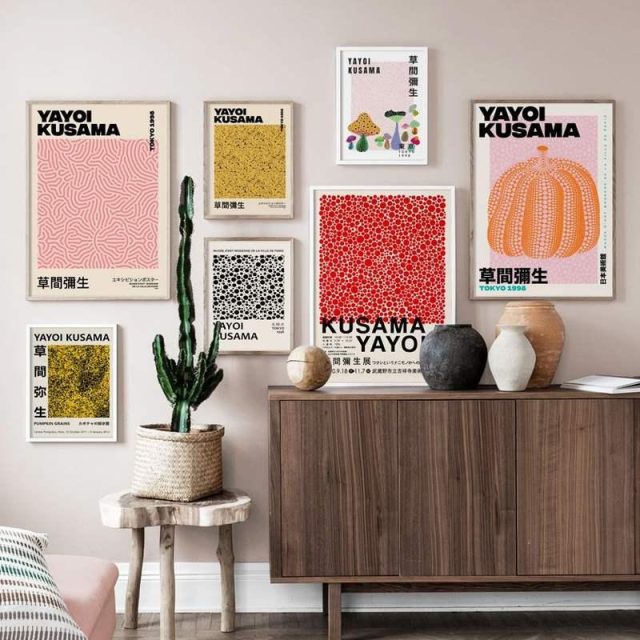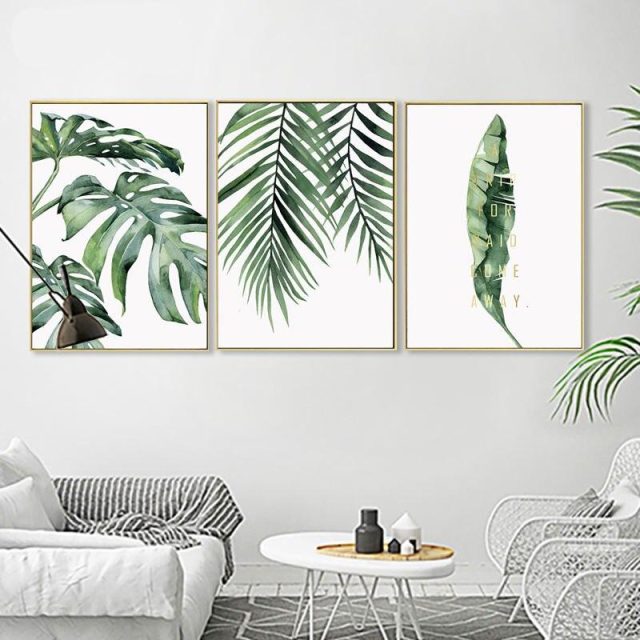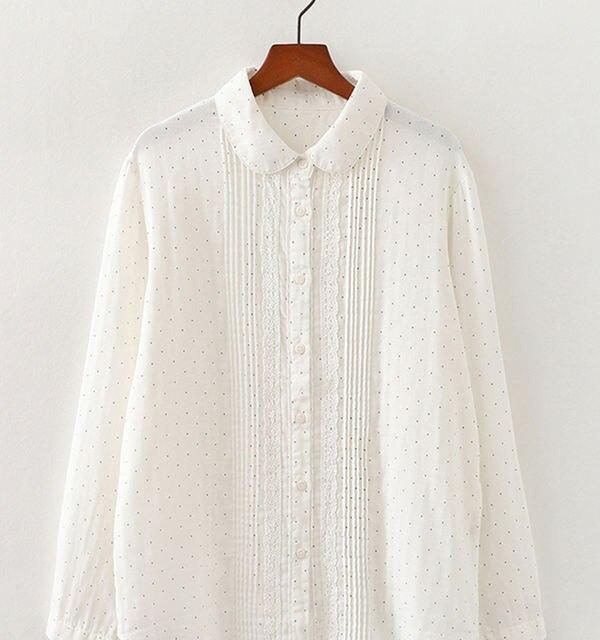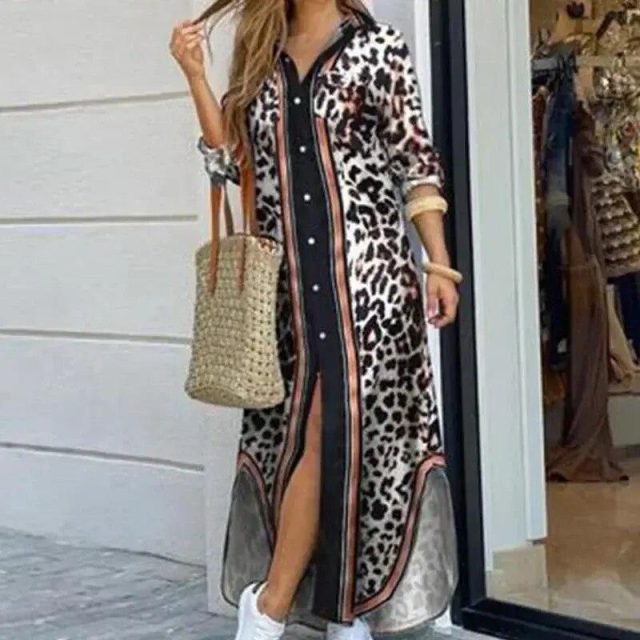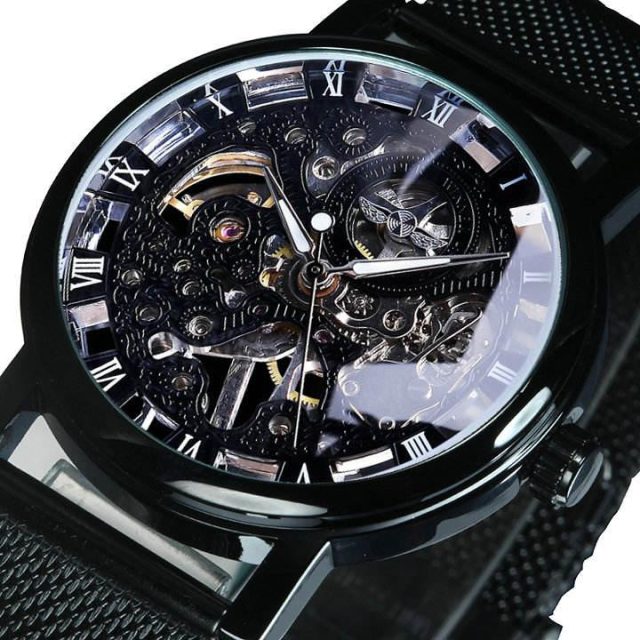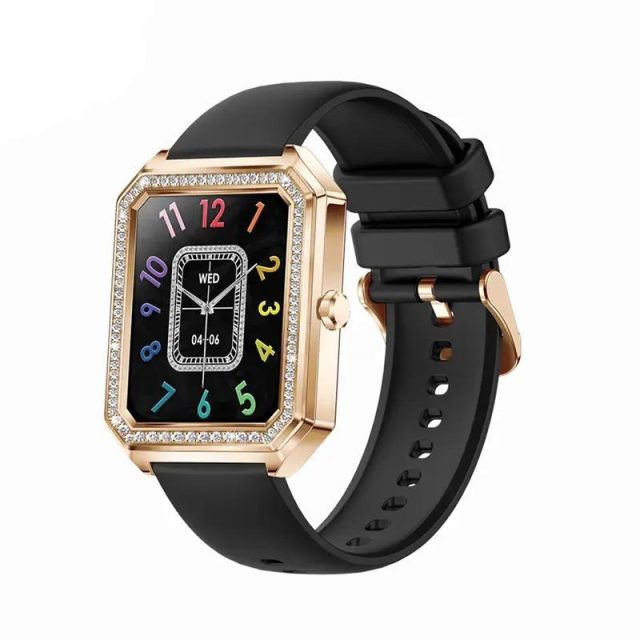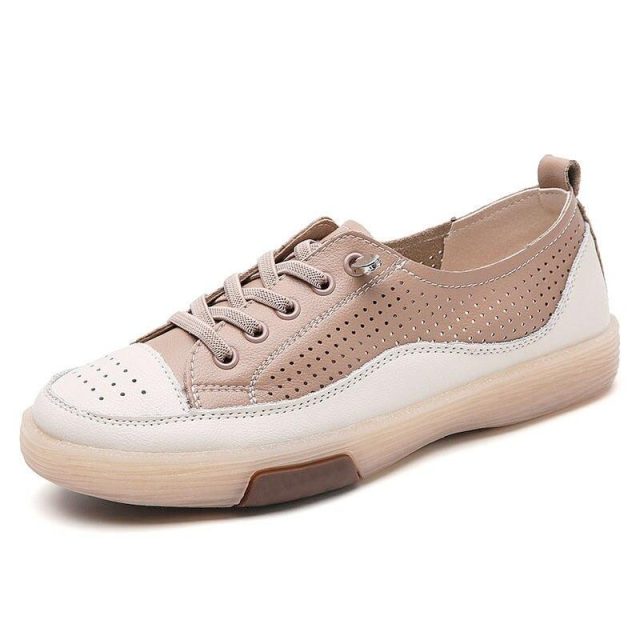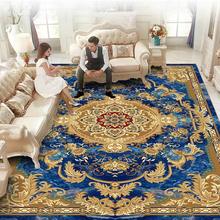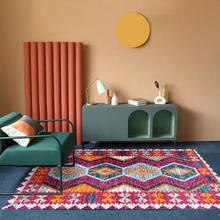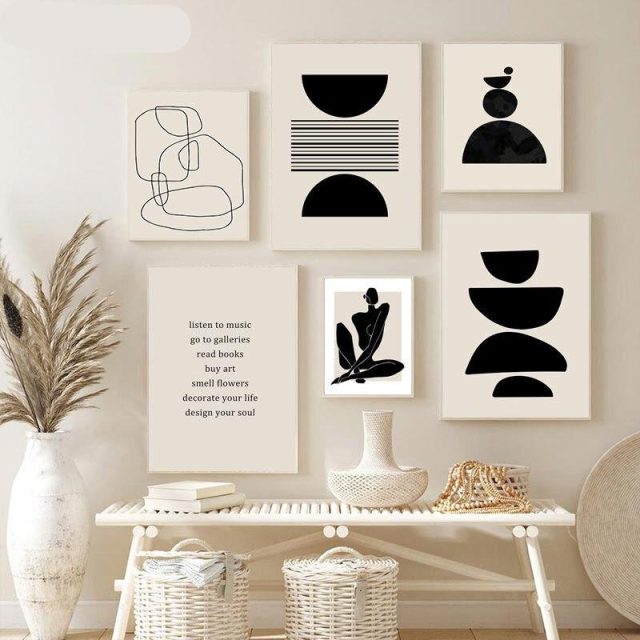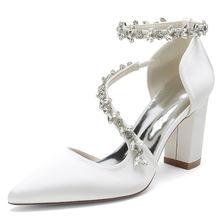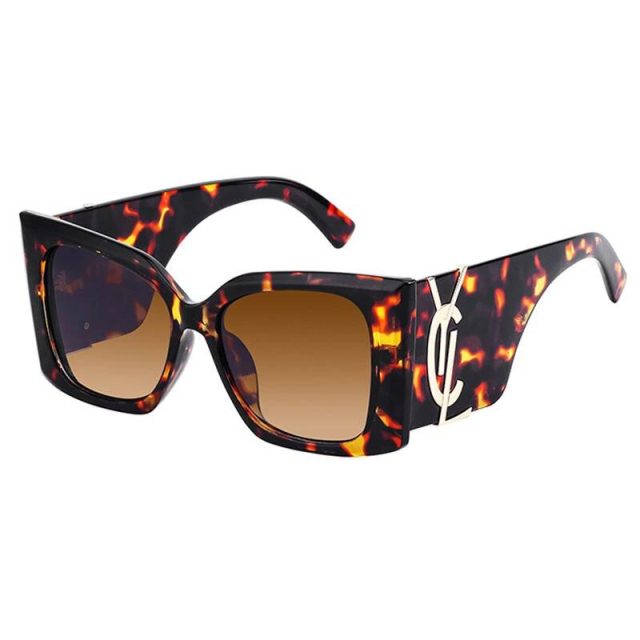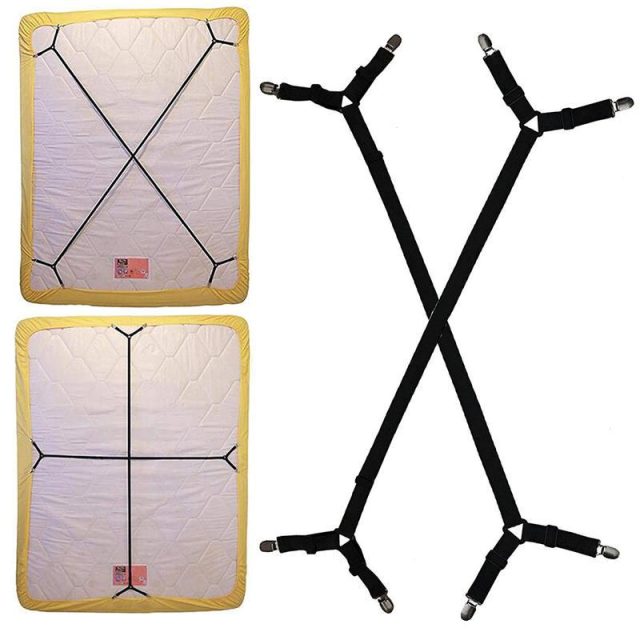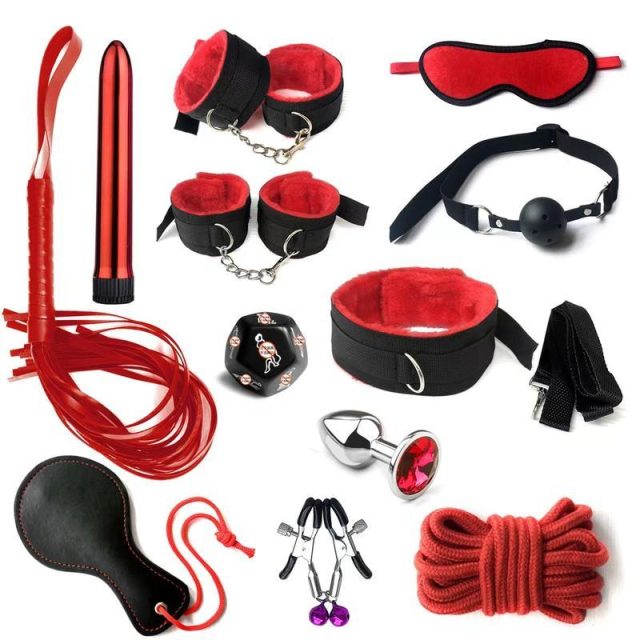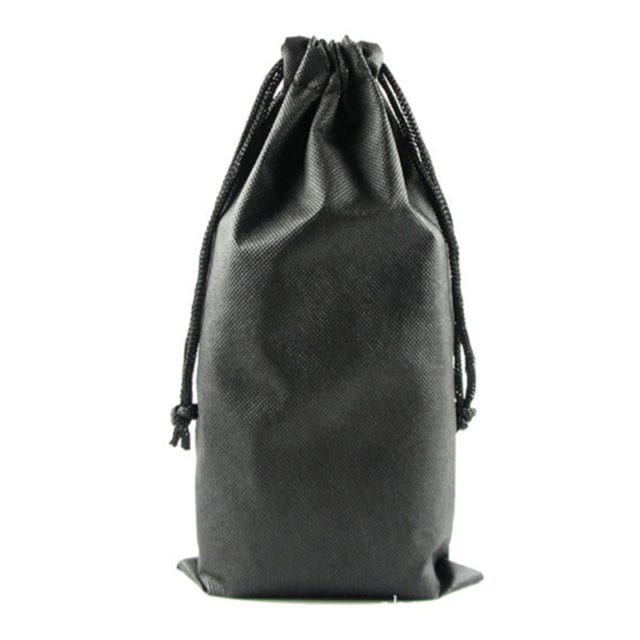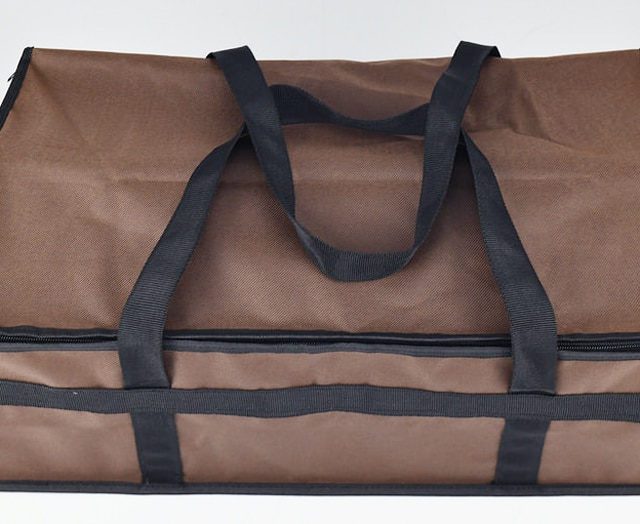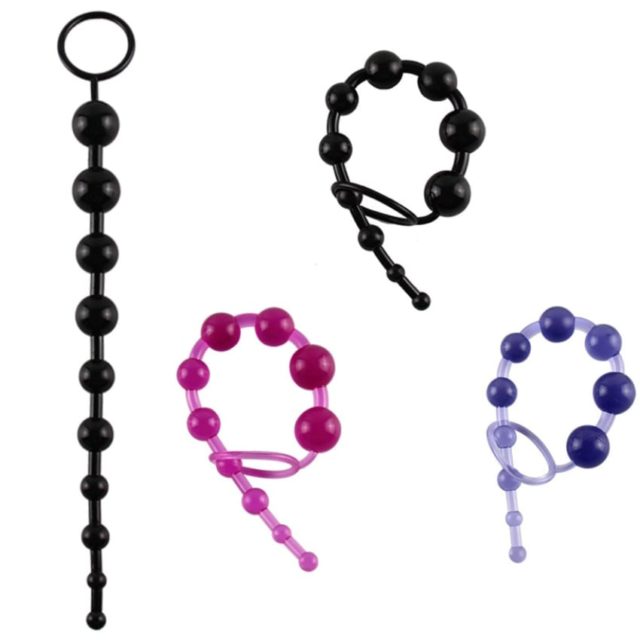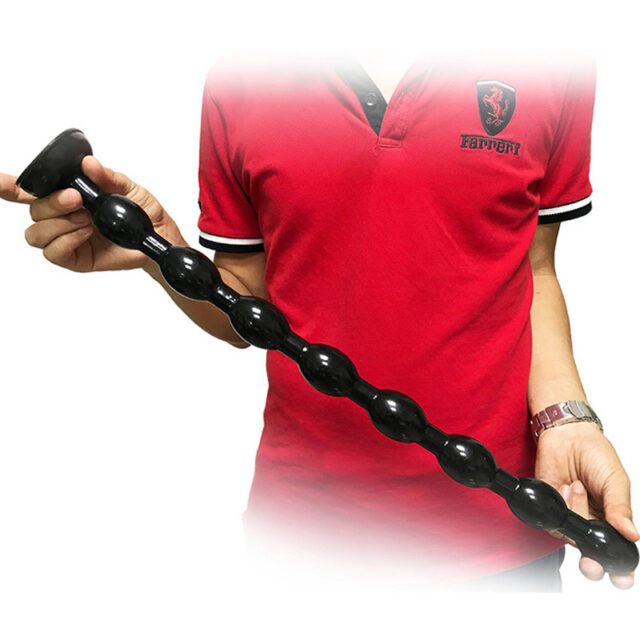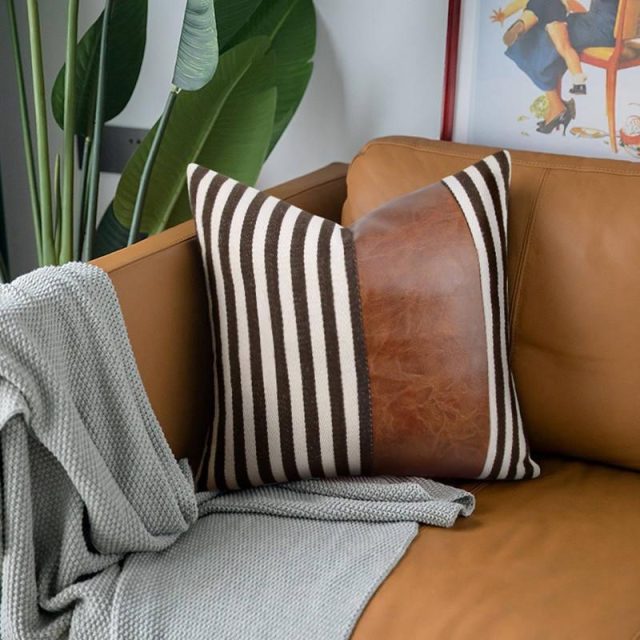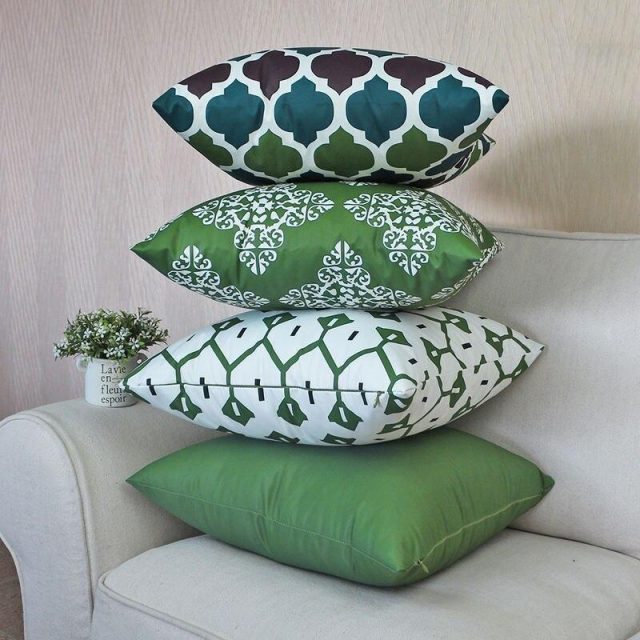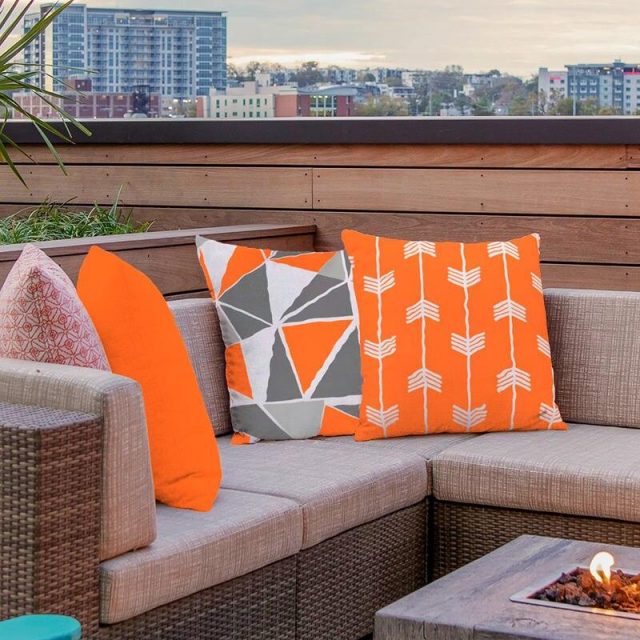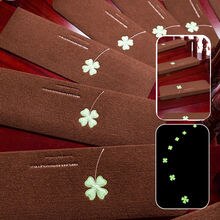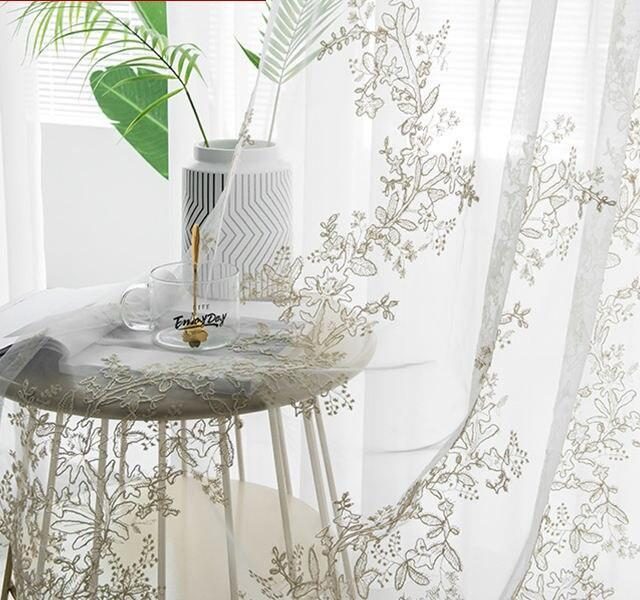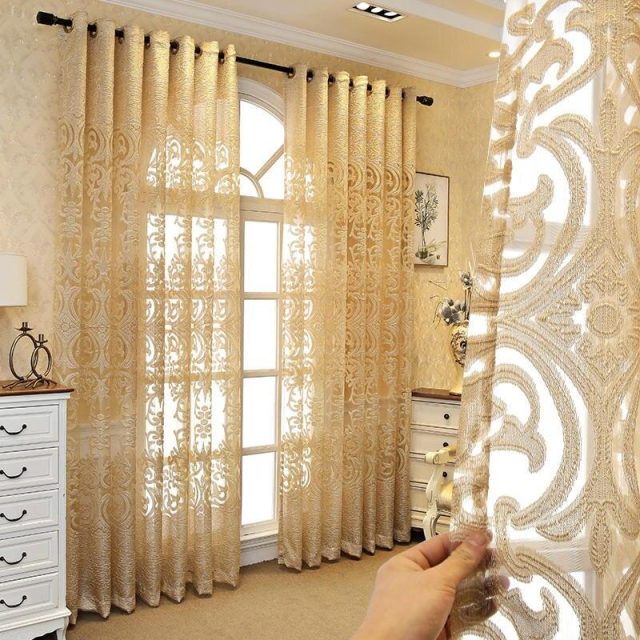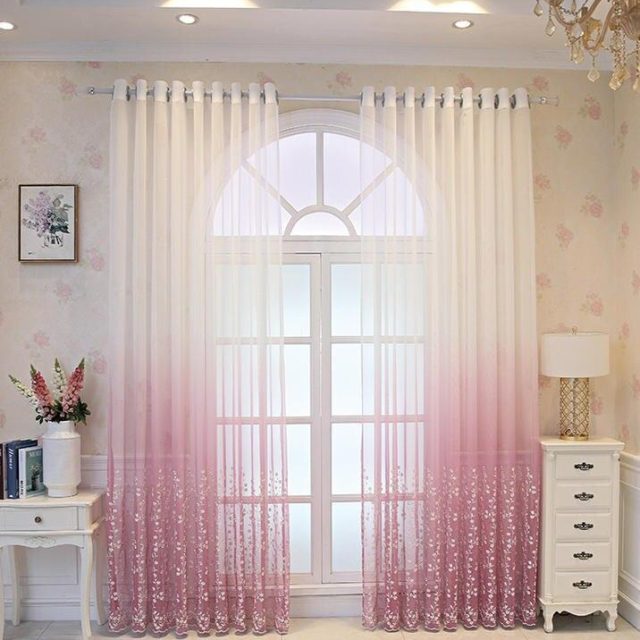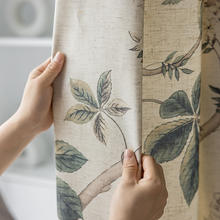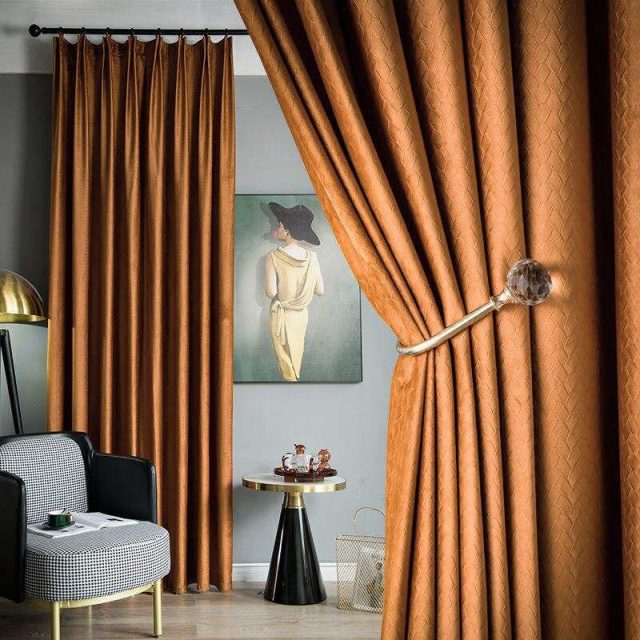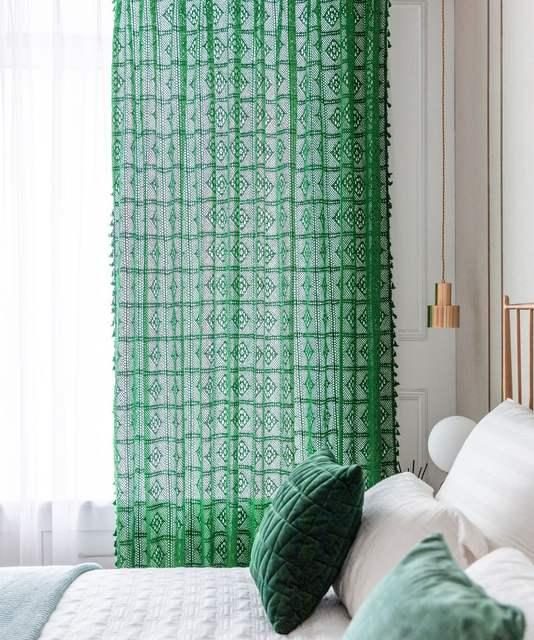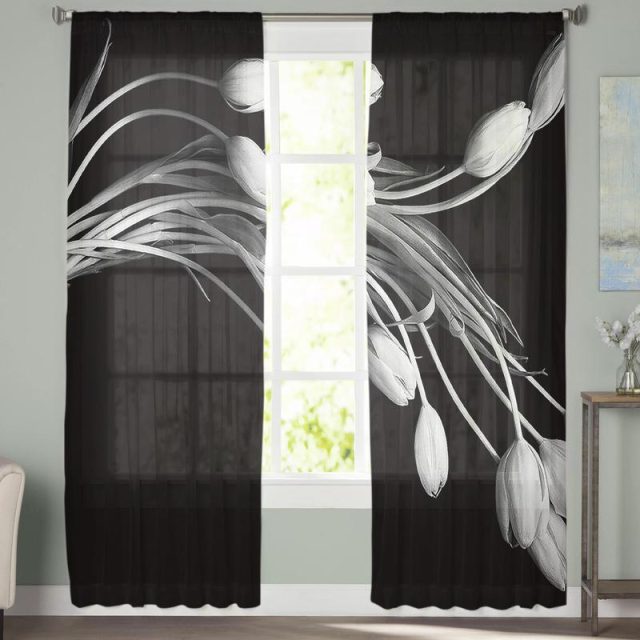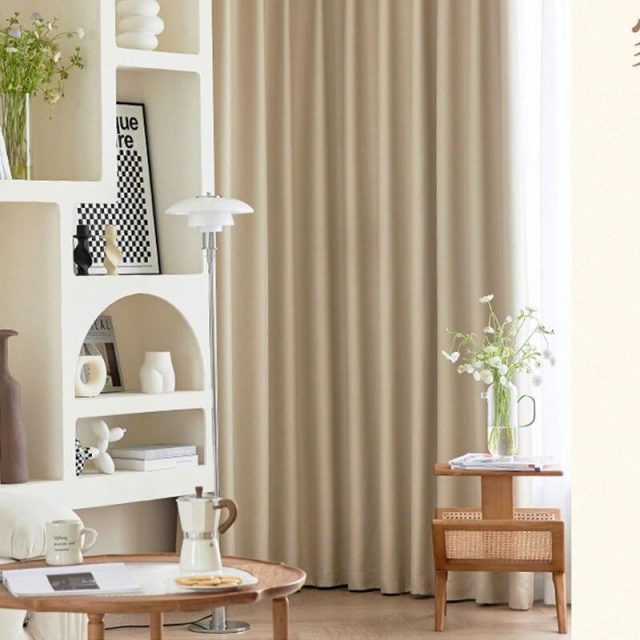Lace Drapes | Crochet Lace Curtains
Description:
1. [About size] The size is measure manually, the error is about ±5CM, please know
2.【Shrinkage】Hand wash 70% to 80% dry, try to stretch the iron at a high temperature, try to reduce the shrinkage. It is not recommended to soak and wash in 84 disinfection water, so as to avoid uneven color, due to personal problems. Return and exchange will not be accepted.

PRODUCT SHOW

How To Measure
1. W = Curtain’s Width:
Curtains width=2xA (2 piece of the rod or the track width). For a whole window,two panels are better .
2. H = Curtain’s Height / length :
Window Curtains Length=B/C/D( Up to you)
Track: Measure from the end of the track to your chosen end point. We suggest you choose ” Pull Pleated Tape / 4 Prongs Hook ”
3. Pole: Measure from the top of the pole to your chosen end point. We suggest you choose ” Grommet Top / Rod Pocket ”
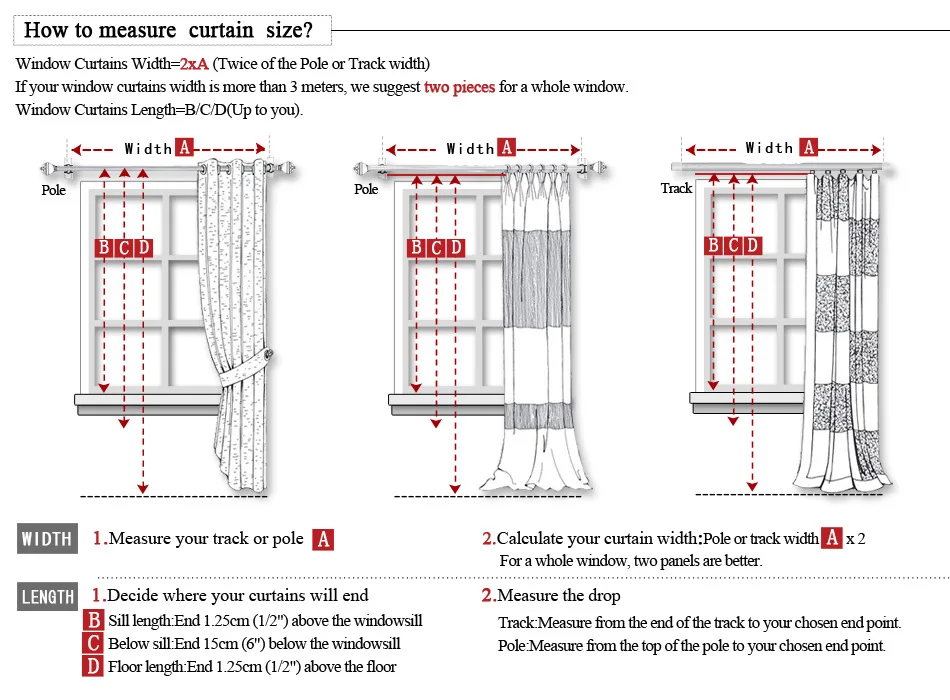
Elegance of Lace Drapes: A Captivating Window to History
Lace drapes, a delicate and intricate form of window dressing, have held a cherished place in interior design for centuries. With their sheer elegance and fine craftsmanship, lace drapes add a touch of sophistication and allure to any space.
The art of lace-making dates back to ancient times, and through the ages, it has evolved to embody various styles and techniques. This article will explore the rich history, enduring appeal, and diverse applications of Crochet Lace Curtains, taking readers on a journey through time to unravel the essence of this timeless window adornment.
The Origins of Lace
The roots of lace can be traced back to ancient civilizations, with its earliest forms found in Egypt and other regions of the Mediterranean. The concept of using fine threads to create decorative patterns gradually spread across Europe during the Middle Ages.
Initially, lace was a luxurious fabric exclusive to the nobility, often made with gold or silver threads. With advancements in technology and accessibility of materials, lace-making techniques evolved, becoming more intricate and accessible to a wider audience.
Renaissance and Baroque Era Lace
The Renaissance and Baroque eras witnessed a surge in lace popularity, as it became a symbol of opulence and refinement. European courts adorned themselves with lace garments and accessories, including collars, cuffs, and handkerchiefs. Crochet Lace Curtains, often made with bobbin or needle techniques, graced the windows of castles and palaces, reflecting the grandeur of the time.
Victorian Extravaganza
The Victorian era was characterized by a passion for romanticism and intricate designs. Crochet Lace Curtains, with their delicate beauty and fine details, found their way into Victorian homes, creating an aura of elegance and charm. This period also saw the emergence of new lace-making techniques, such as tatting and crocheting, allowing for even more creative and intricate designs.
The Revival of Lace Drapes in Modern Times
While lace drapes continued to be cherished by some, the modernist movement of the early 20th century leaned towards simplicity and minimalism, often favoring other types of window treatments. However, as interior design embraced eclecticism, Crochet Lace Curtains made a remarkable comeback. Designers began to experiment with combining lace with other fabrics, creating innovative and captivating window dressing options.
Lace Drapes in Contemporary Interior Design
In contemporary interior design, lace drapes offer a myriad of possibilities. From traditional floral patterns to avant-garde geometric designs, lace has transcended its historical roots to become an adaptable element for various interior styles. Homeowners can choose from an array of materials, including cotton, silk, polyester, and synthetic blends, depending on their preferences and budget.
Lace Drapes in Different Settings
Lace drapes are not limited to residential interiors alone. Their charm extends to commercial spaces like hotels, restaurants, and boutiques, where they contribute to creating a warm and inviting ambiance. Additionally, lace drapes are often used in theatrical productions and films to evoke a sense of nostalgia and romanticism.
Caring for Lace Drapes
To preserve the beauty of lace drapes, proper care and maintenance are essential. Regular dusting and gentle washing, following specific guidelines for the type of lace and fabric, can help prolong their lifespan and keep them looking radiant for years to come.
Lace drapes, with their fascinating history and timeless allure, continue to captivate admirers worldwide. From ancient civilizations to modern homes, lace has gracefully adapted to changing times while maintaining its intrinsic charm.
As an enduring symbol of elegance, lace drapes will undoubtedly continue to cast their enchanting spell on interior design for generations to come. Whether adorning the windows of a quaint cottage or a lavish palace, Crochet Lace Curtains stand as a testament to the enduring appeal of craftsmanship and beauty.



